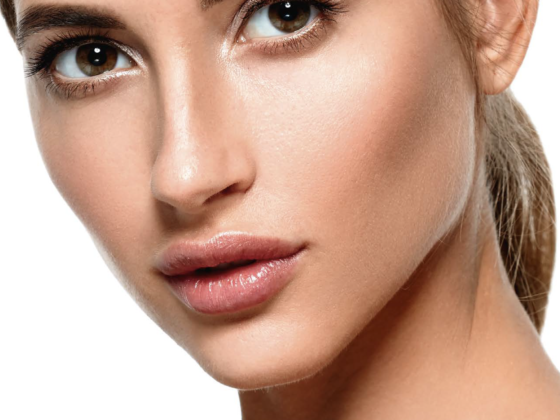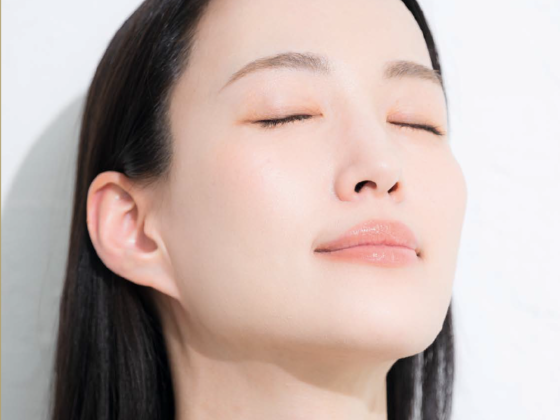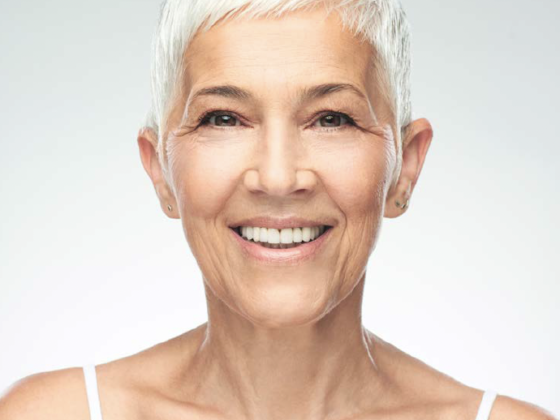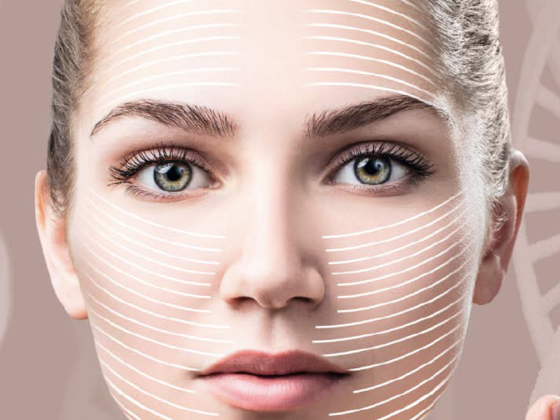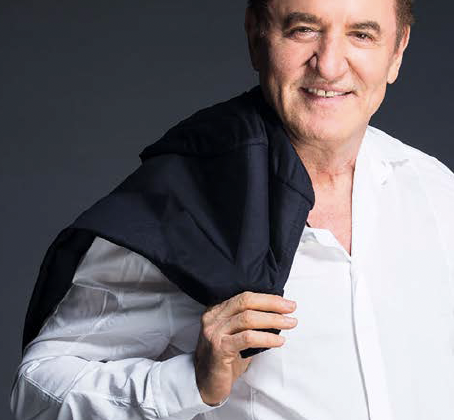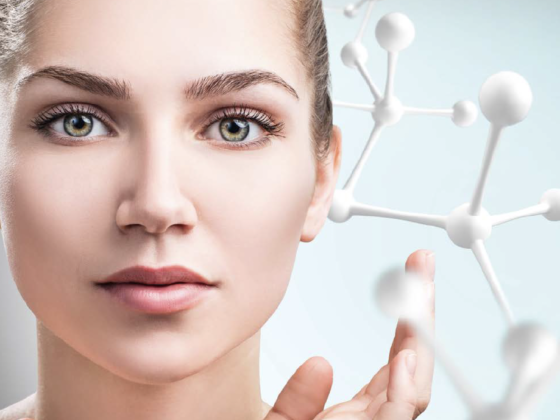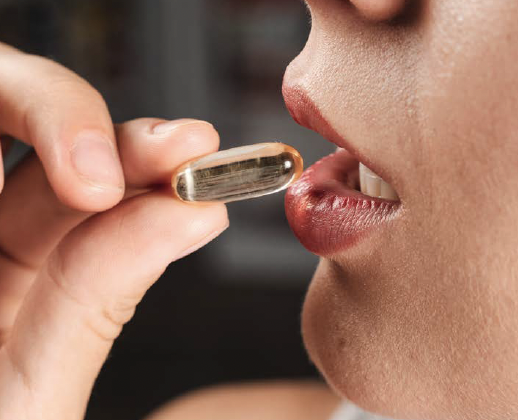Dr. Maria Cristina A. Puyat
The recent advancements in stem cell technology represent some of the most significant scientific breakthroughs in the world. These novel strategies not only enable the treatment of various pathological conditions but also open the door to the development of innovative regenerative therapies, including soft tissue regeneration and wound healing. Over the past several years, autologous adipose-derived stem cells have gained significant traction in clinical practice due to their potential applications in reconstructive surgery, cosmetic procedures, and dermatological treatments.
This has set a new standard for therapy, transforming the way we approach debilitating diseases. Stem cell therapy has the potential to alleviate human suffering and provide solutions for conditions that currently have no medical treatment or cure. The future of stem cells holds promise for revolutionary approaches to improve aesthetic enhancements such as skin rejuvenation, autologous fat transfer, and the functional restoration of defective tissues. We are on the brink of completely transforming the field of modern medicine, enhancing the quality and longevity of everyone’s lives.
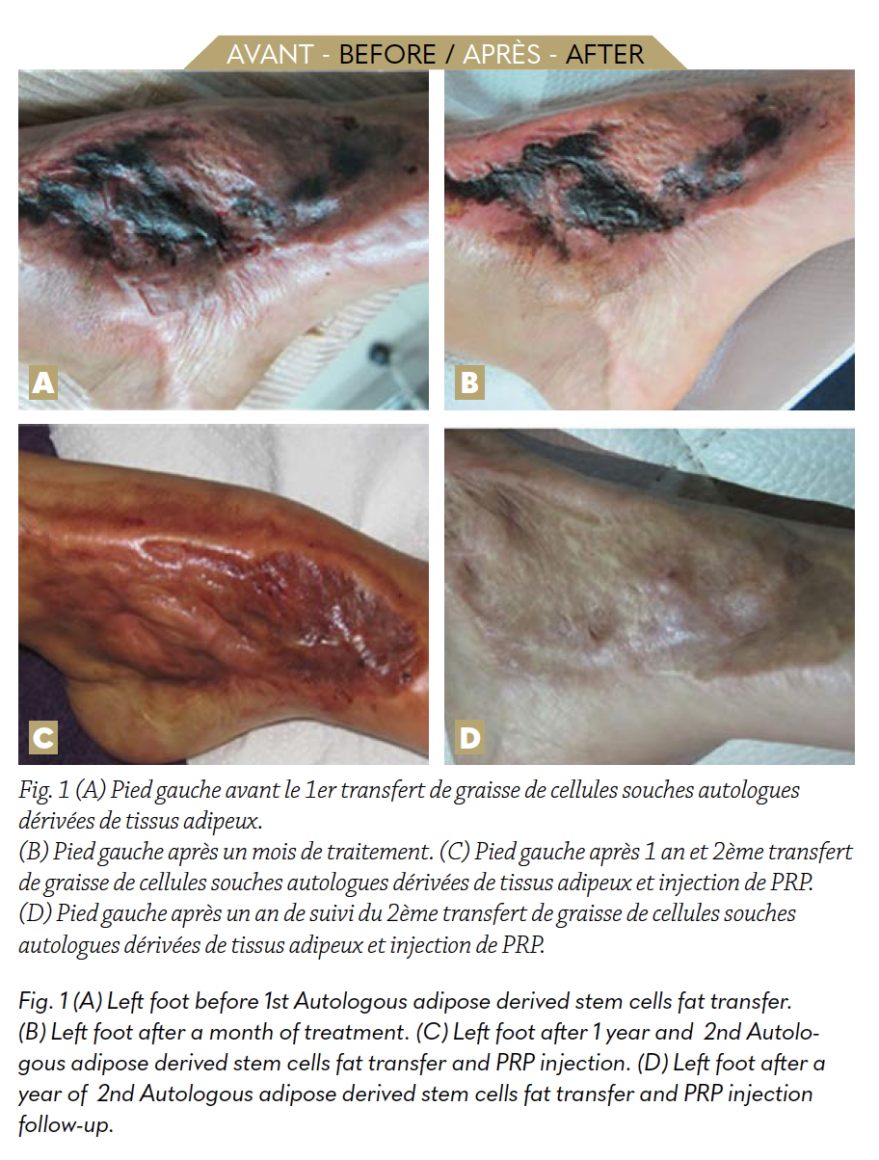
The hope that these alternative forms of therapy offer has led many to seek this new treatment option, whether based on hard science or personal belief. I will present a clinical case report wherein autologous stem cell therapy was employed in non-healing wounds.
The impact of stem cell therapy on wound healing, specifically non-healing wounds, has limited clinical study, but the cited reports show encouraging results. The fundamental mechanisms involved in wound healing require thorough investigation. In this case, a 21-year-old Filipino female signed an informed consent and authorisation for an alternative medical treatment, prior to undergoing stem cell harvest from adipose tissue, after meeting the eligibility criteria set by the Centre. Her medical history began with a car accident, resulting in a severe injury to her left foot. Despite skin grafting and a four-week hospitalisationw, the patient did not experience satisfactory healing. She continued to suffer from a loss of sensation on her left medial foot, making it difficult for her to walk normally and tiptoe on the same side. Her slippers would fall off if not supported by a strap. As a compassionate treatment, autologous stem cell therapy was considered.
The harvested cells were incubated for 24 hours and tested for microbial content, endotoxins, and viability before being administered. Autologous adipose-derived stem cells with fat were transplanted using an 18-gauge cannula, resulting in successful wound closure. The patient’s vital signs were monitored before and for 2 hours after the cells were injected into the left medial foot. One month later, the photos showed (Fig.1) significant improvement in wound healing, with the chronic wound completely closed.
After a year, a second autologous adipose-derived stem cell with fat and PRP was again transplanted in the same area. In addition to these, pulse electromagnetic therapy was applied after the stem cell transplantation for 5 minutes. Fractionated laser with erbium YAG was done at the site prior to the topical application of the stem cells as well. The patient also had intravenous infusion of stem cells. This time, the patient started to feel pain in the previously sensory-deficient area, which gradually disappeared in a month’s time. She started to identify the sensation with the pinprick test as either sharp or dull with high accuracy. The patient started to walk without difficulty and was further able to hold the tiptoe position on the left foot.
As this is a preliminary clinical study, no attempts were made to understand the potential mechanism of action involved in the remarkable healing. The treatment has significantly improved the patient’s psychological and clinical status. The functional improvement, in addition to the aesthetic improvement, has brought about a better quality of life, which the patient and the parents greatly appreciate. Importantly, after years of follow-up and recent communication with the patient, it has been observed that there were no safety issues or unexpected growth at the injection site. No adverse events have been noted post-treatments up to the present time, with a 7-year interval from the first stem cell treatment.
The additional treatments performed during and after stem cell therapy have synergistically improved wound healing and aesthetic outcomes. Stem cell therapy has shown its ability to enhance functionality. Although specific laboratory tests such as electromyography, nerve conduction velocity tests, and histopathology were not conducted, we cannot ignore the fact that the patient has begun to regain sensation and is able to walk normally without the previous difficulties experienced after her accident.
Dr. Maria Cristina A. Puyat

Dr. Maria Cristina A. Puyat is a dermatologist who pursued further studies obtaining a Master’s degree in Preventive, Anti-Aging and Regenerative Medicine from the Dresden International University (Germany). She also took Stem Cell fellowship from the American Academy of Anti-Aging Medicine. Dr. Puyat is an invited faculty and panel expert in topics ranging from dermatology to regenerative cellular therapies. She is currently the medical director of Asian Stem Cell Institute (ASCI) Inc., Philippines






